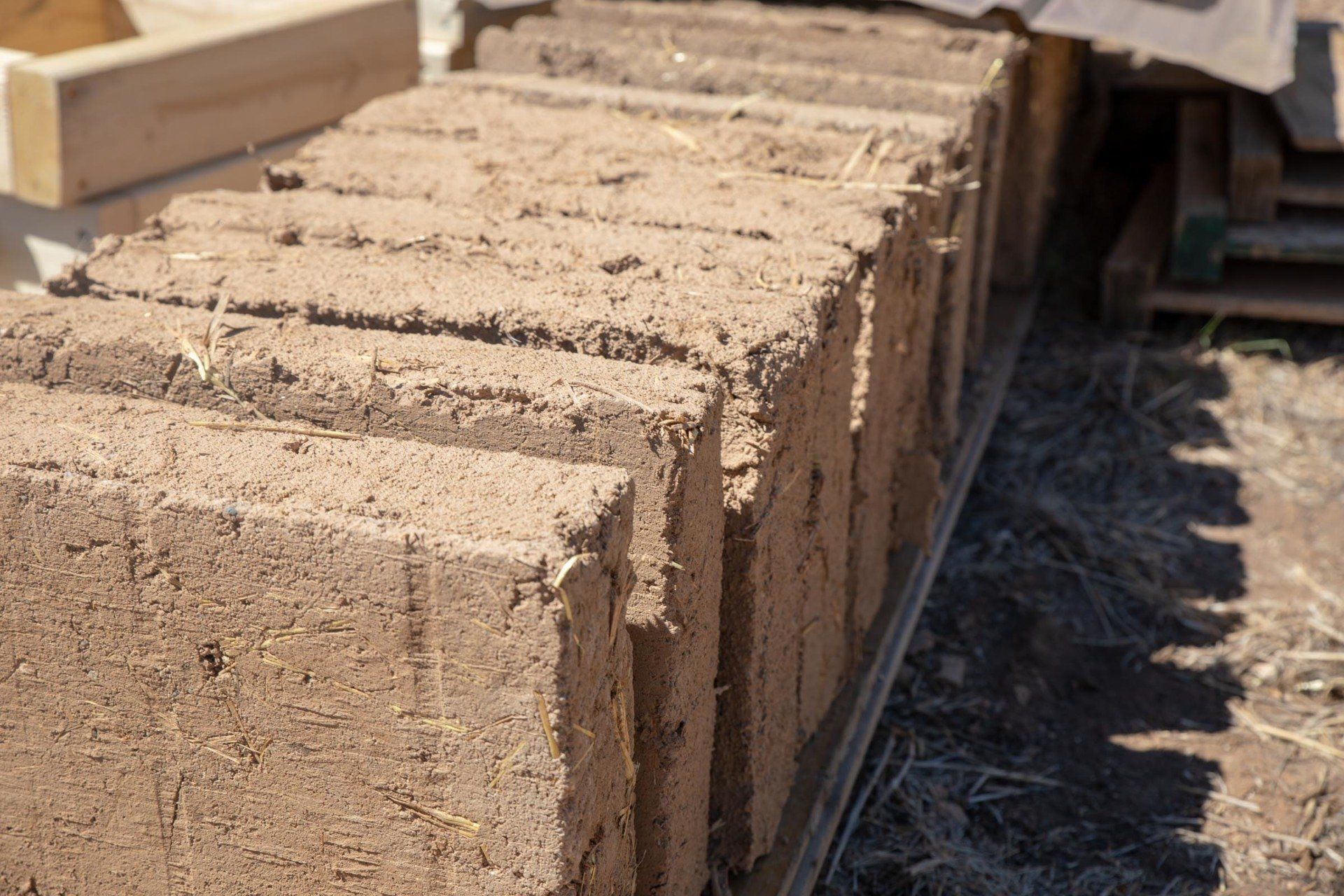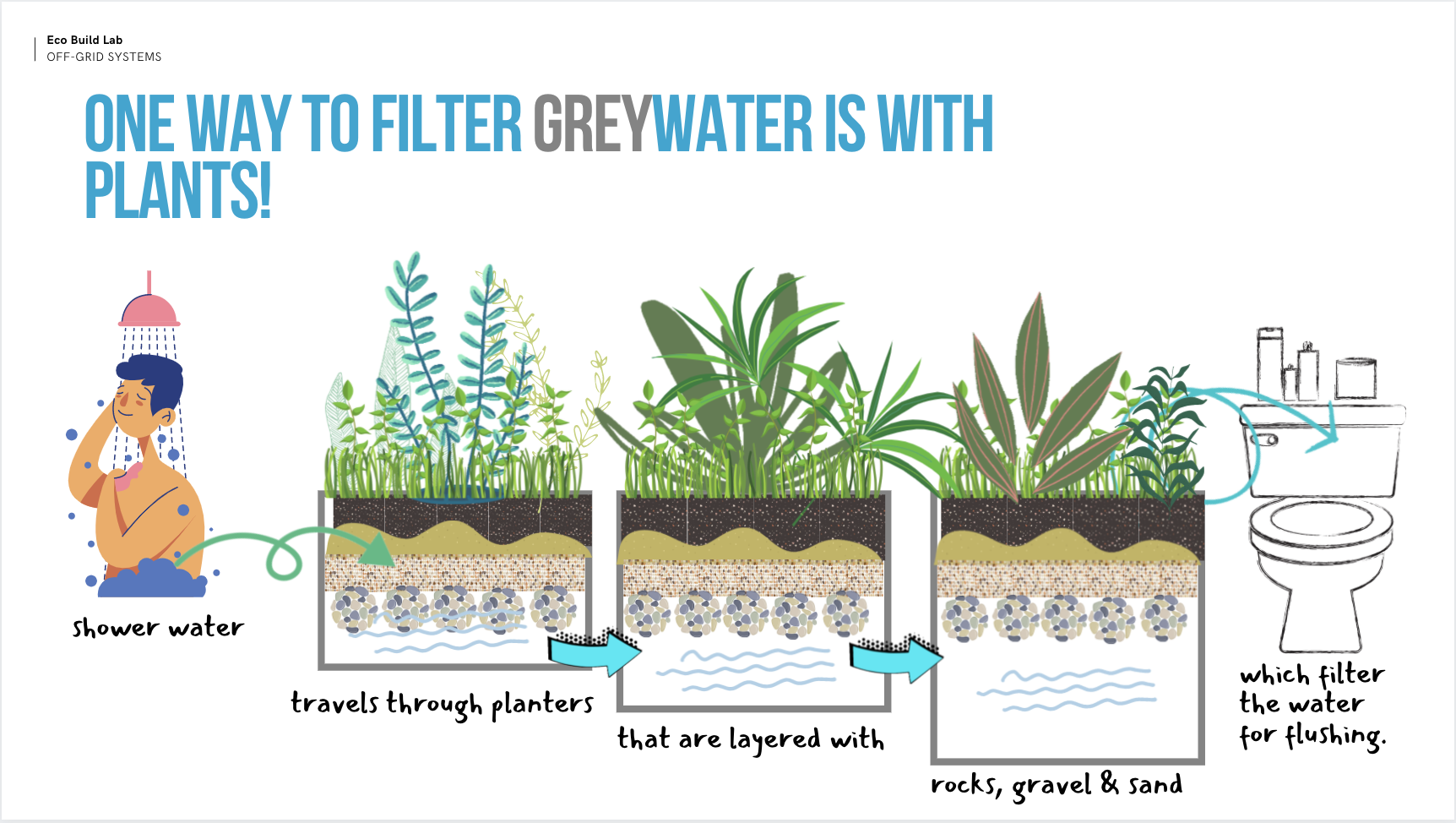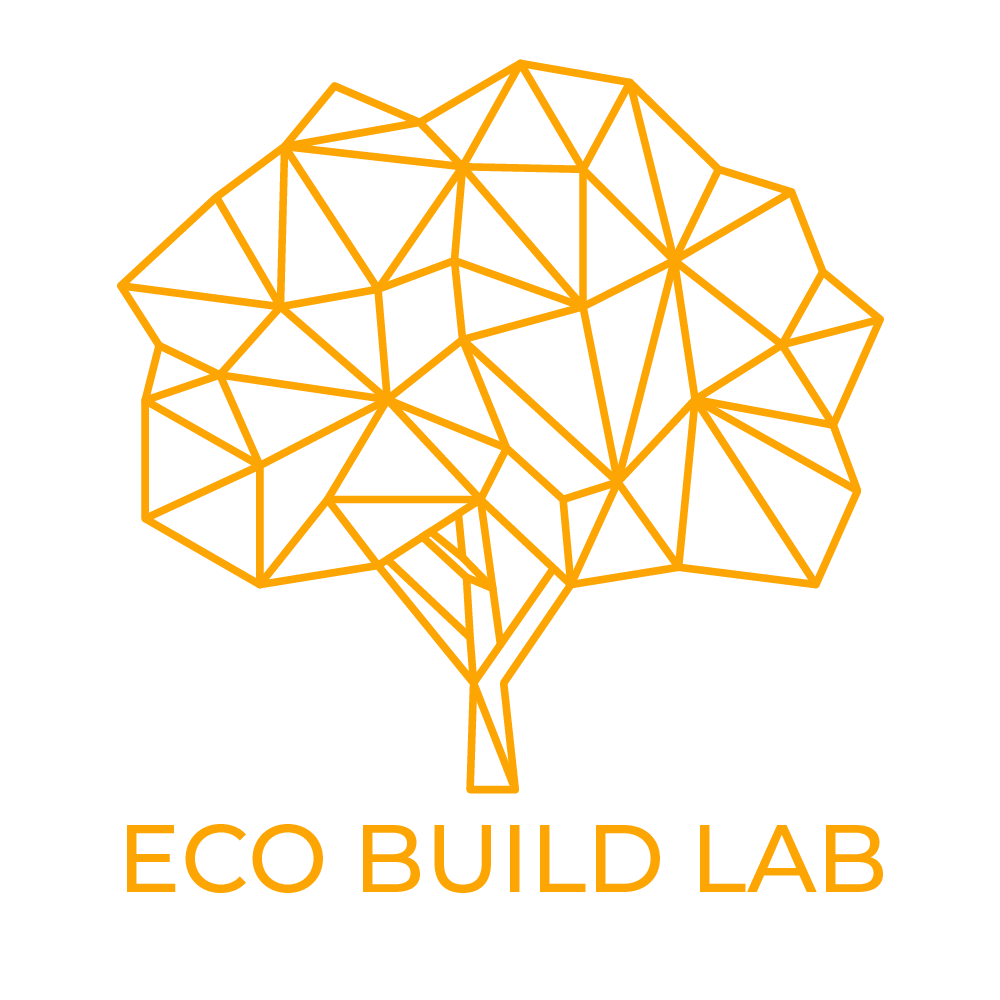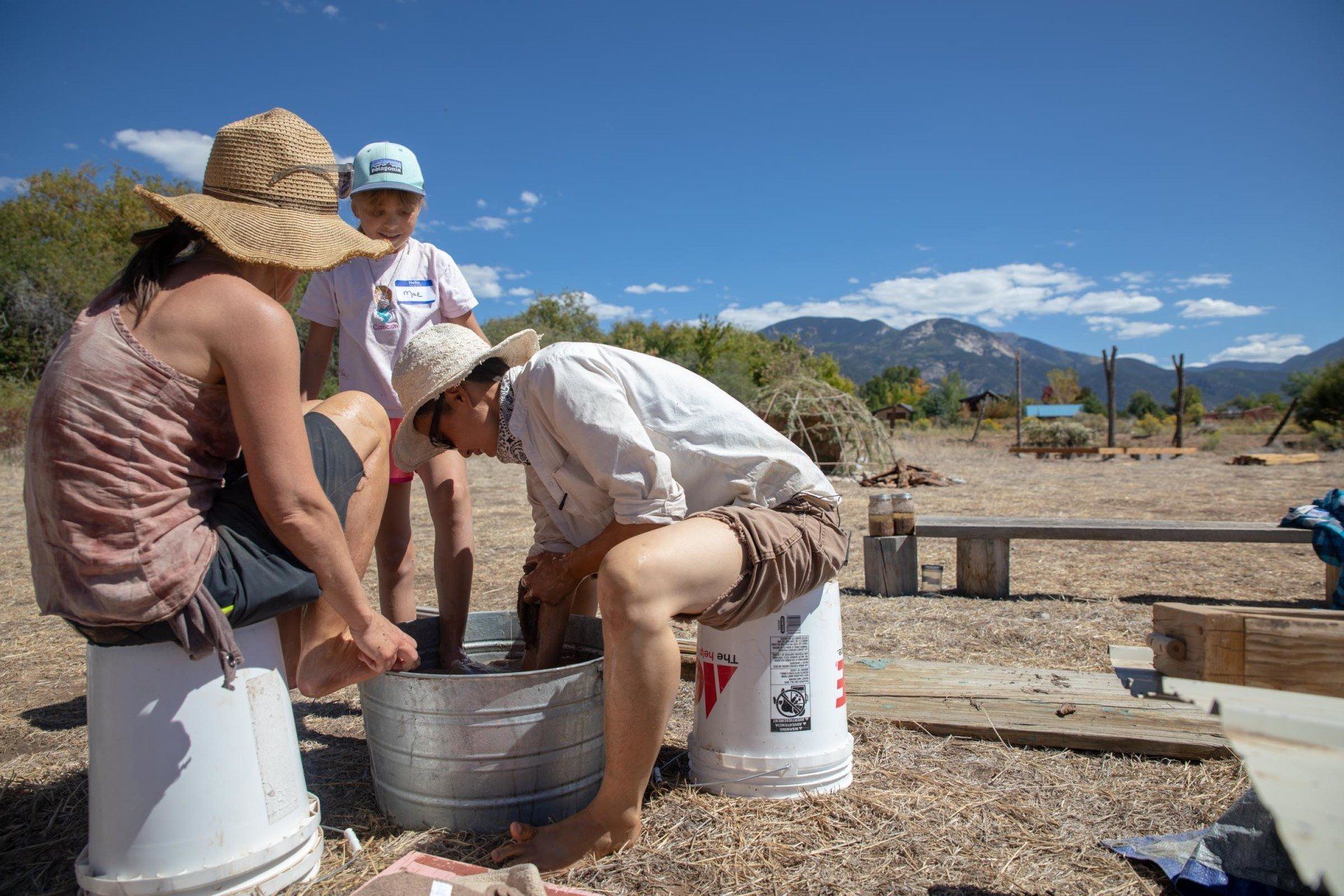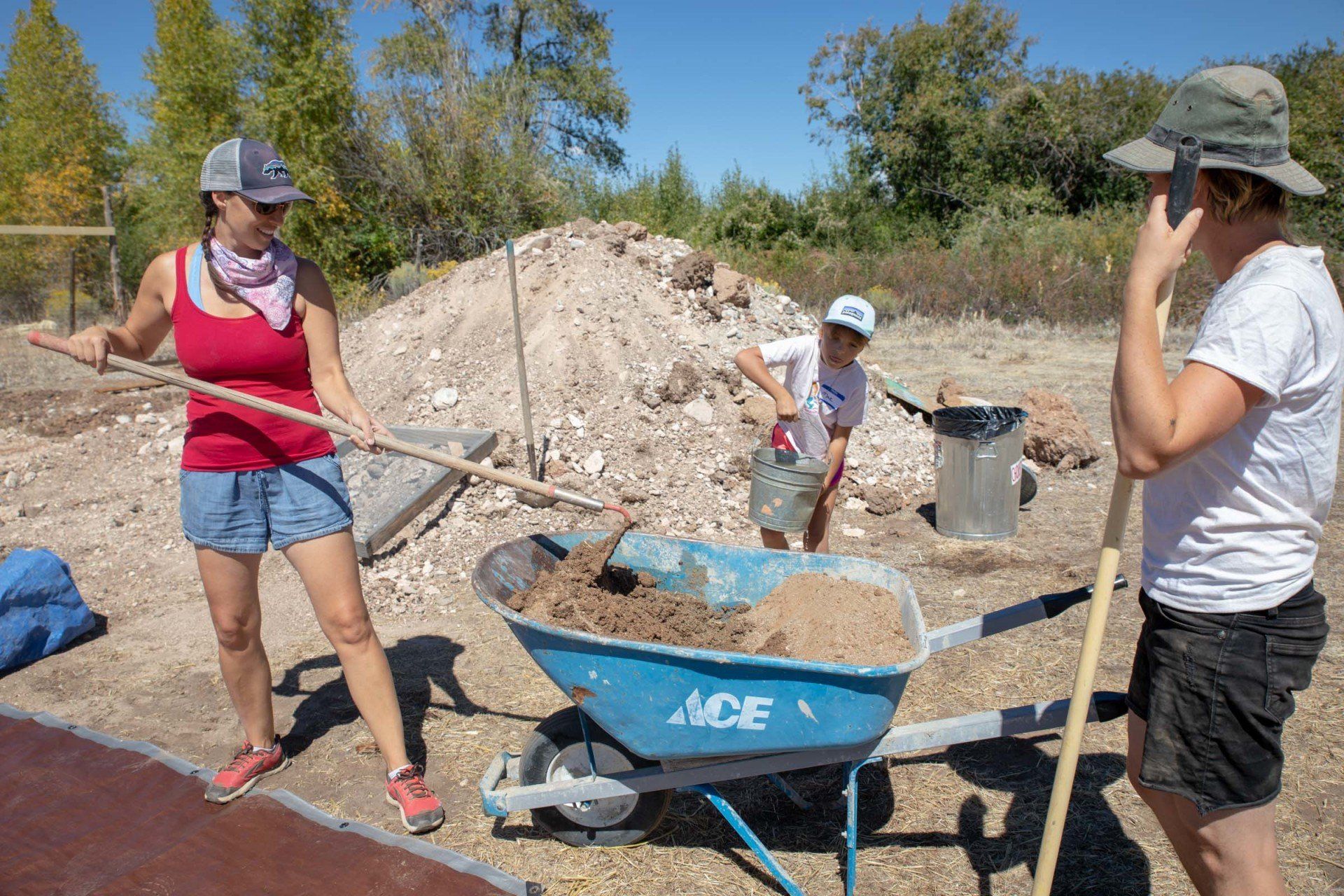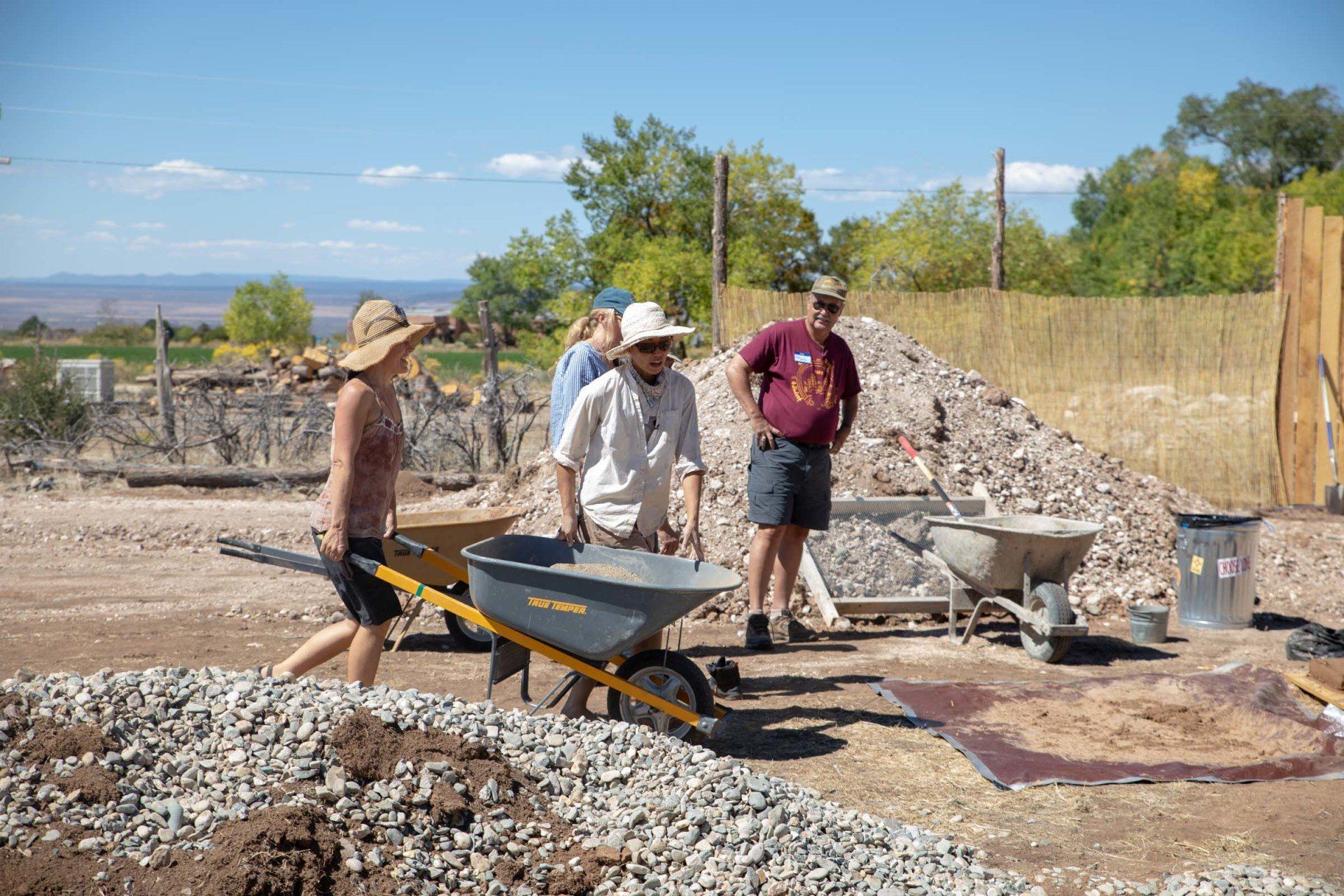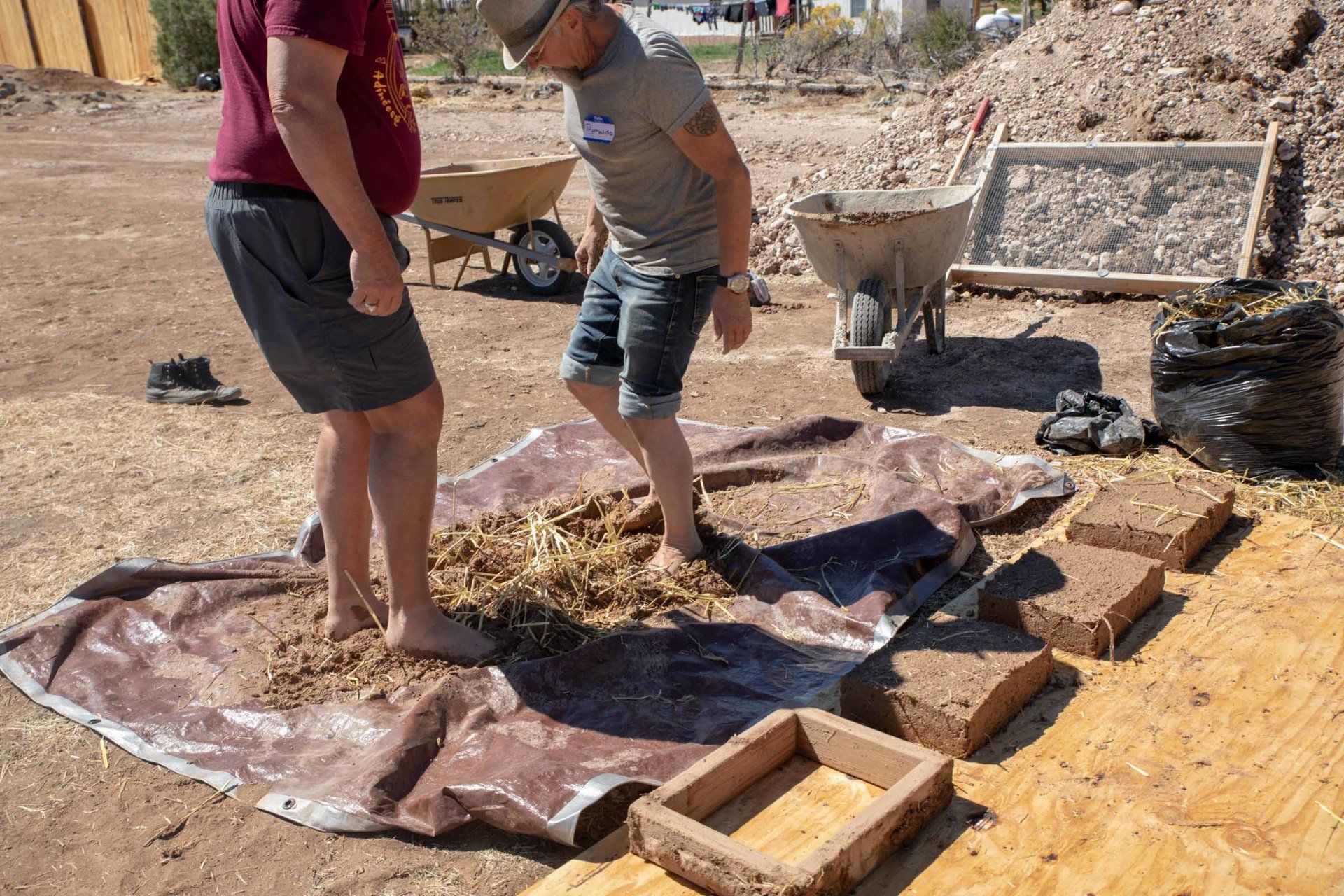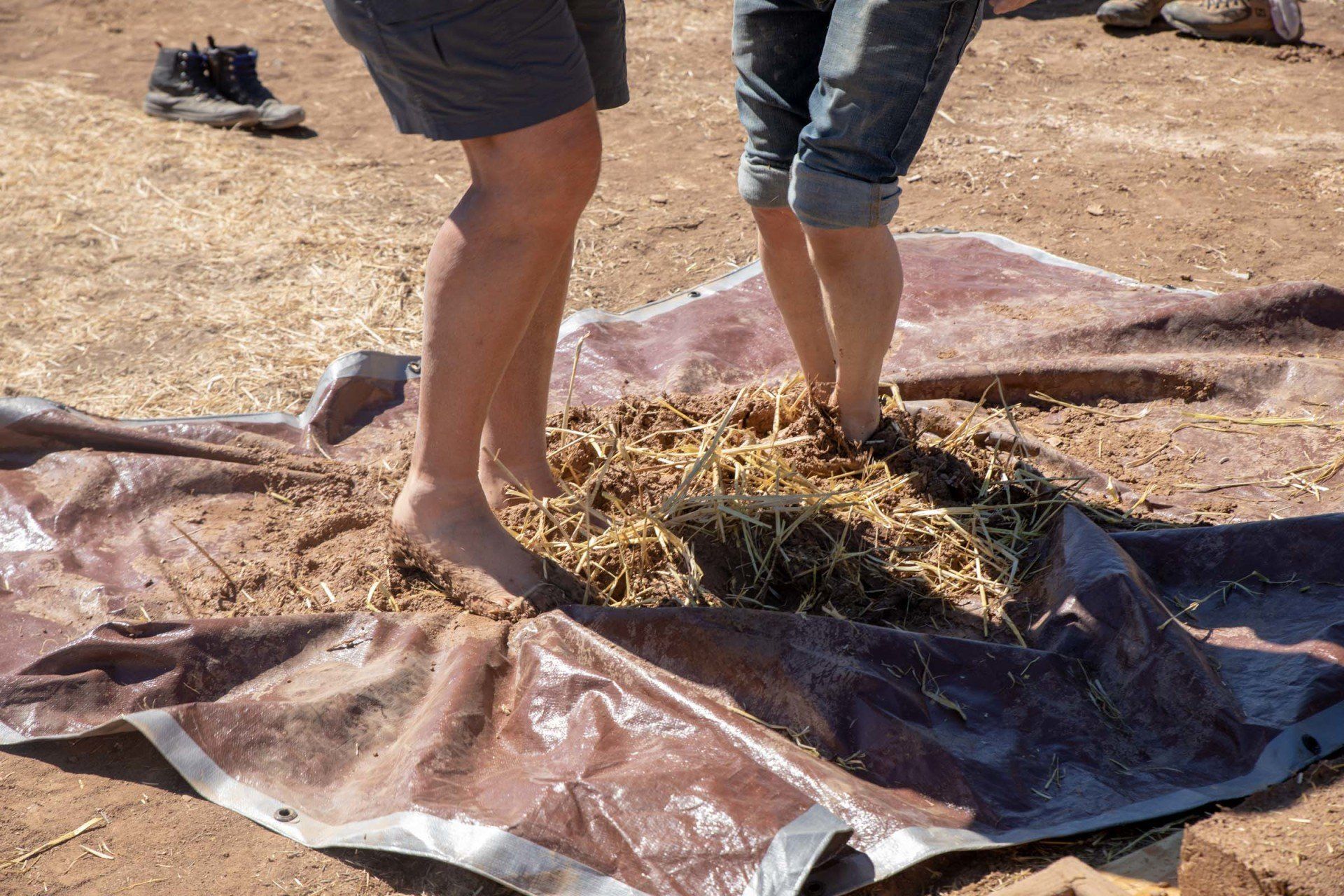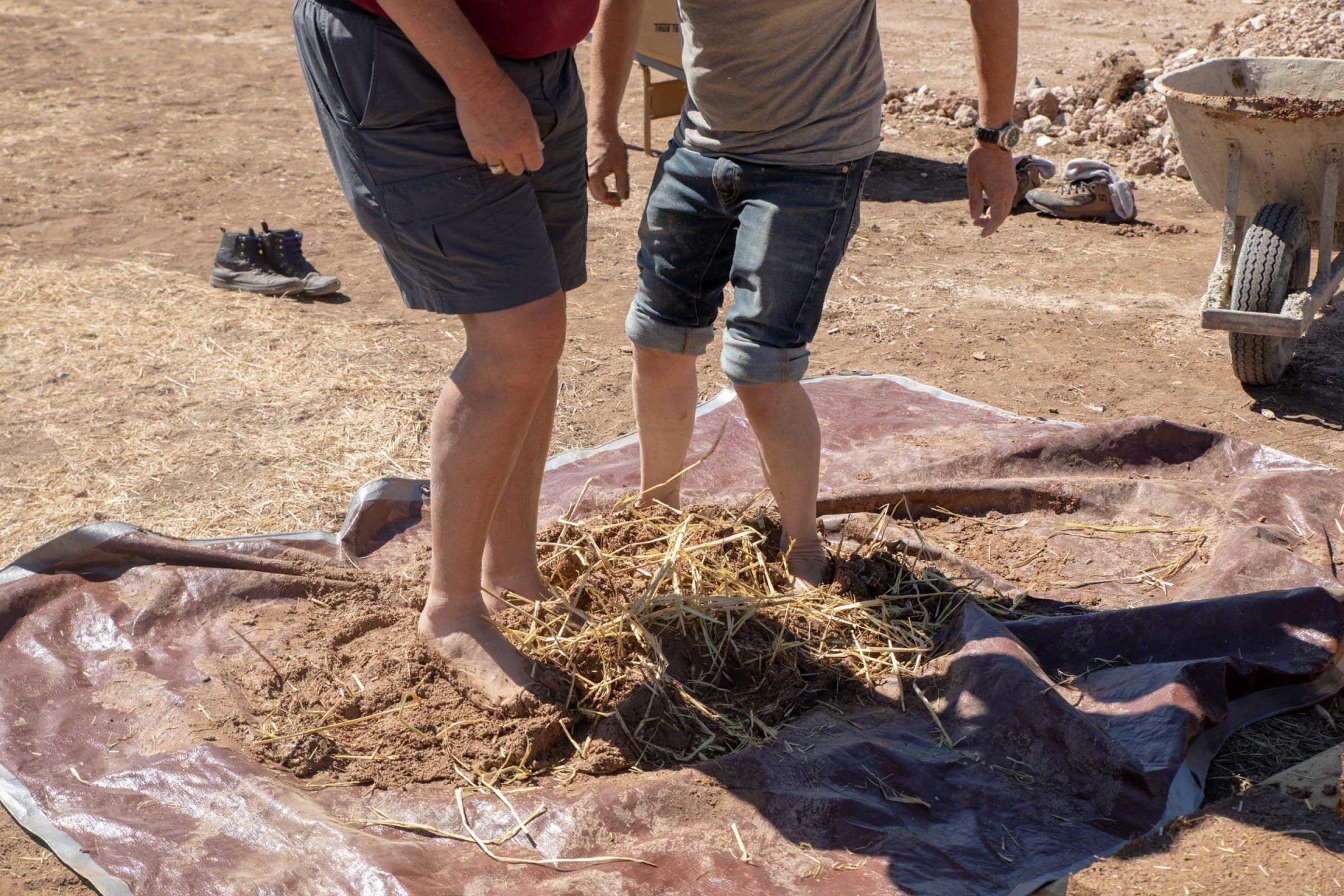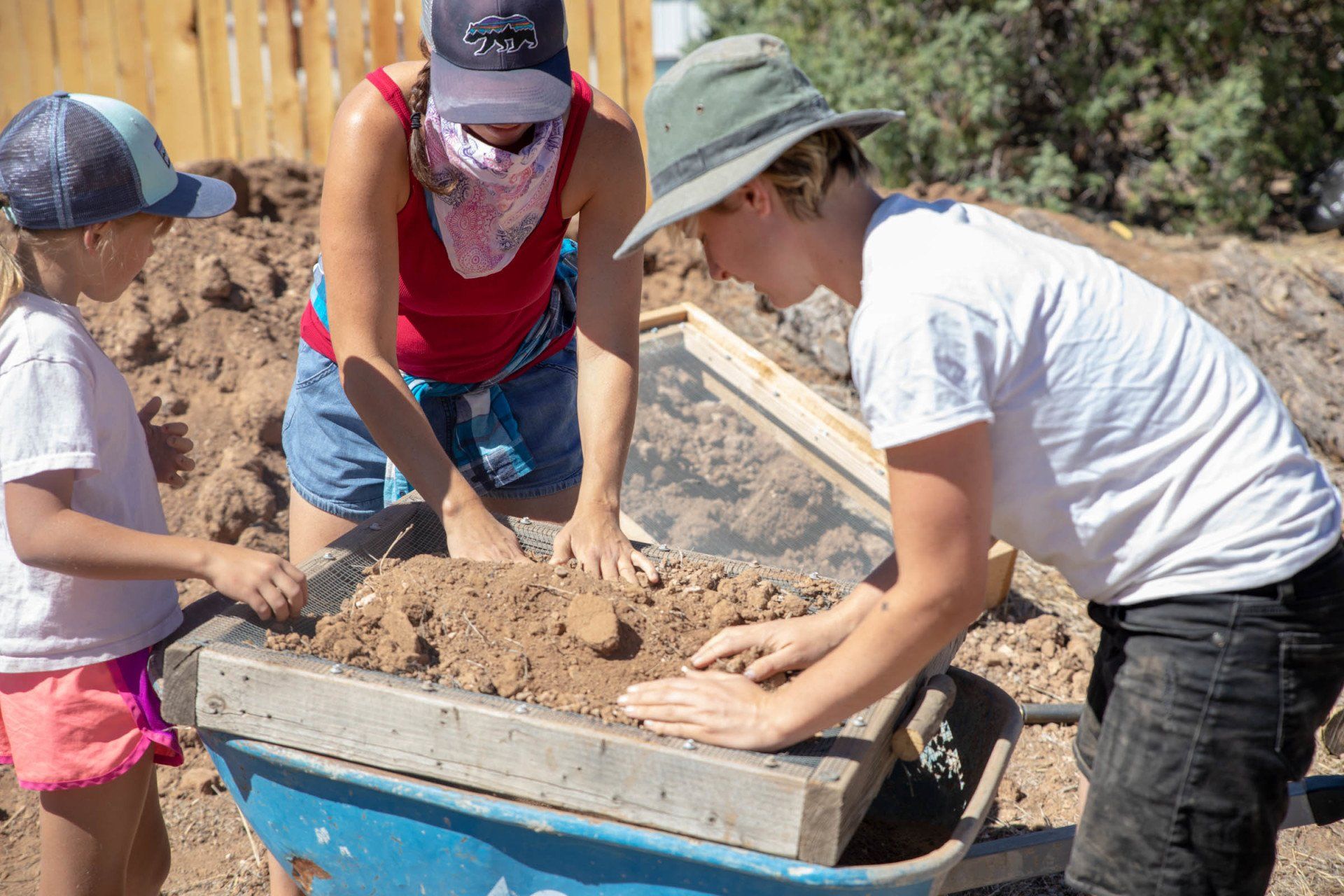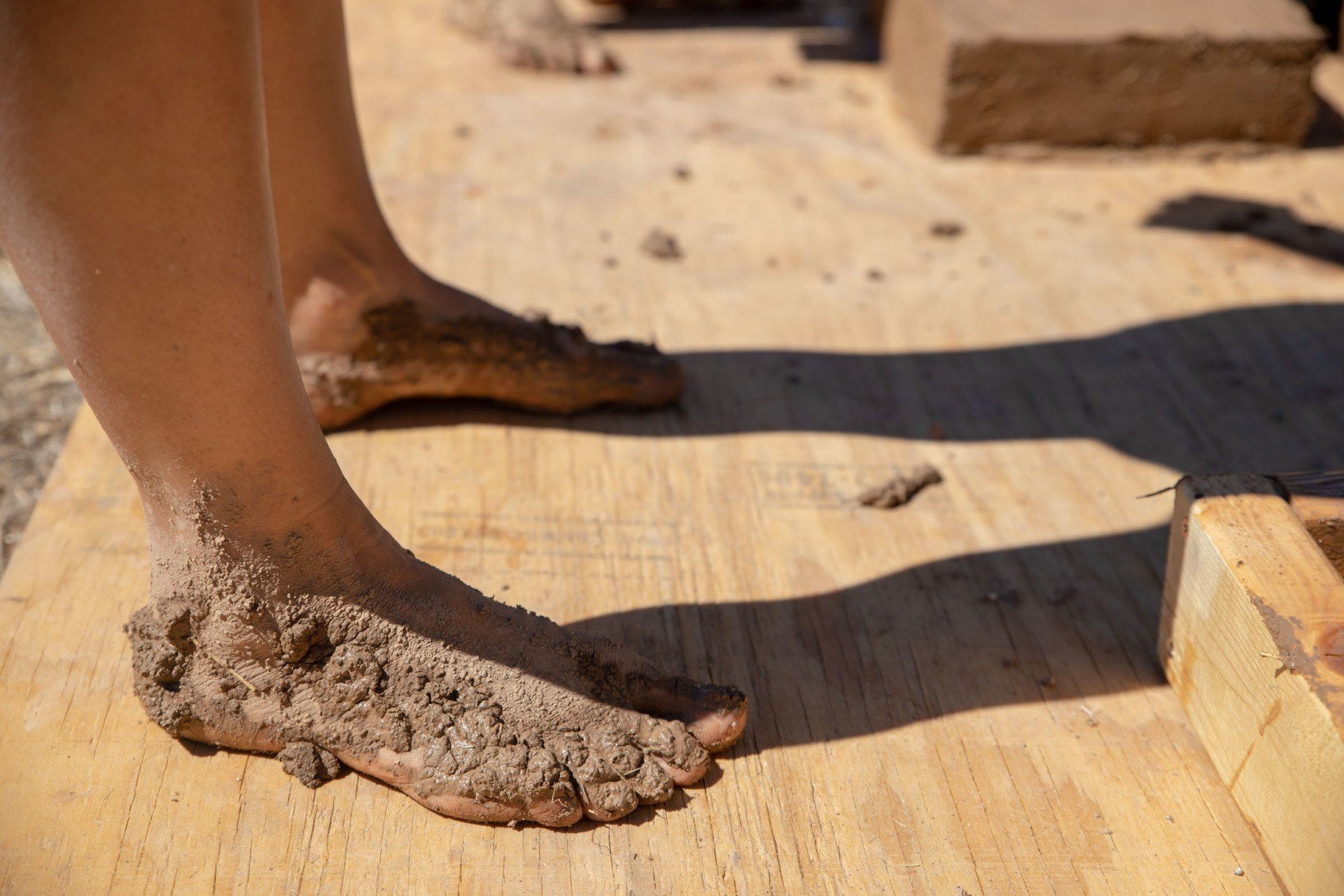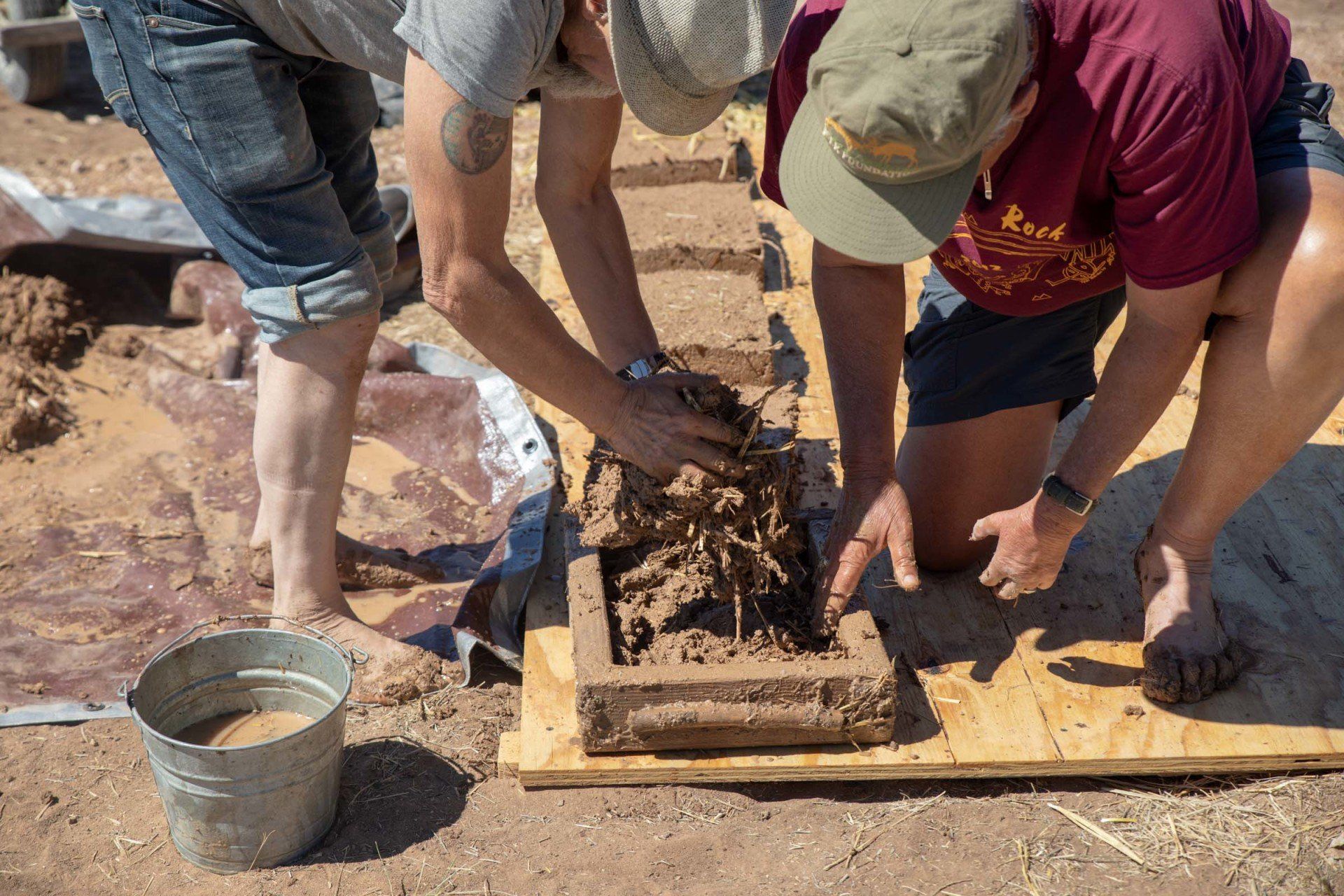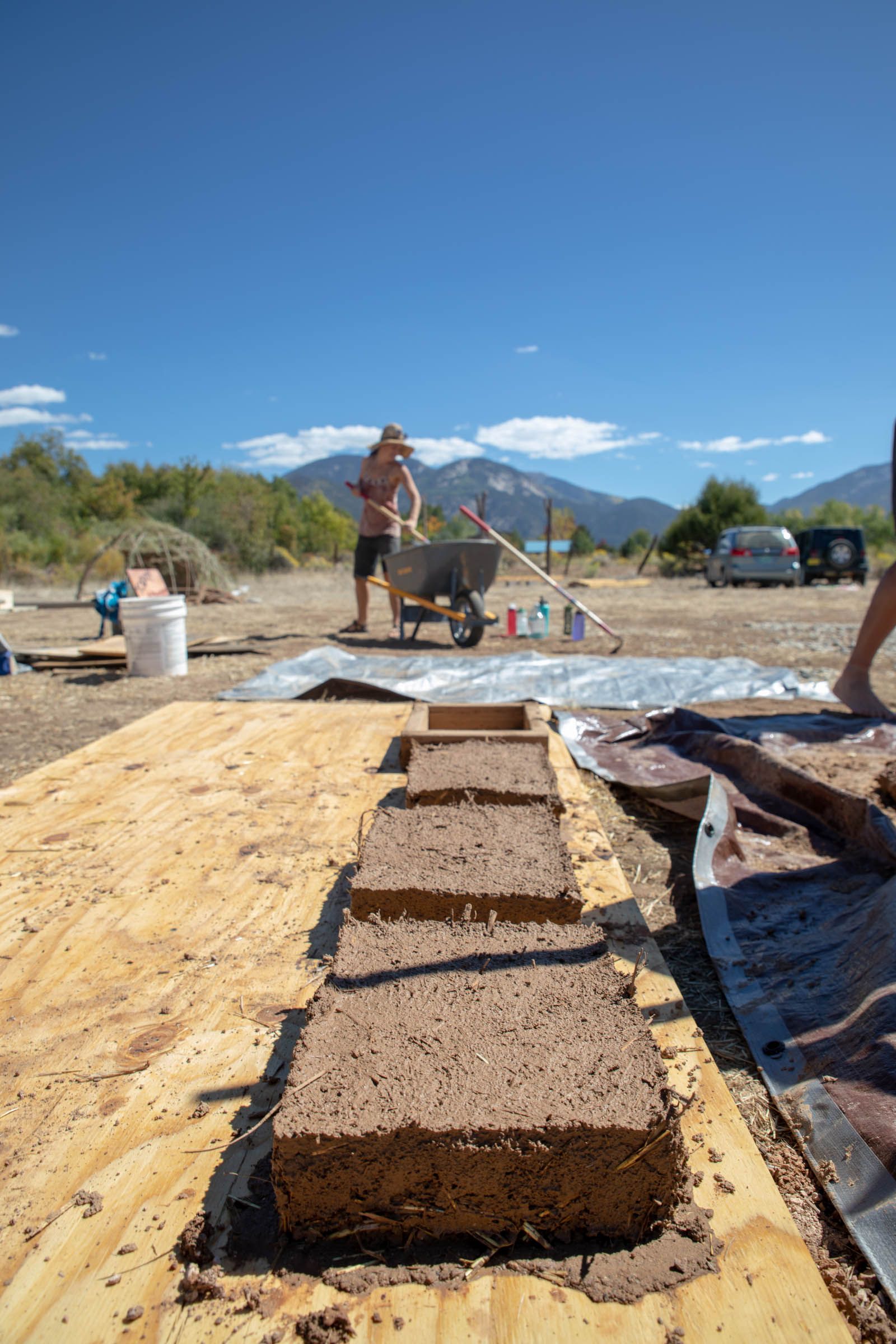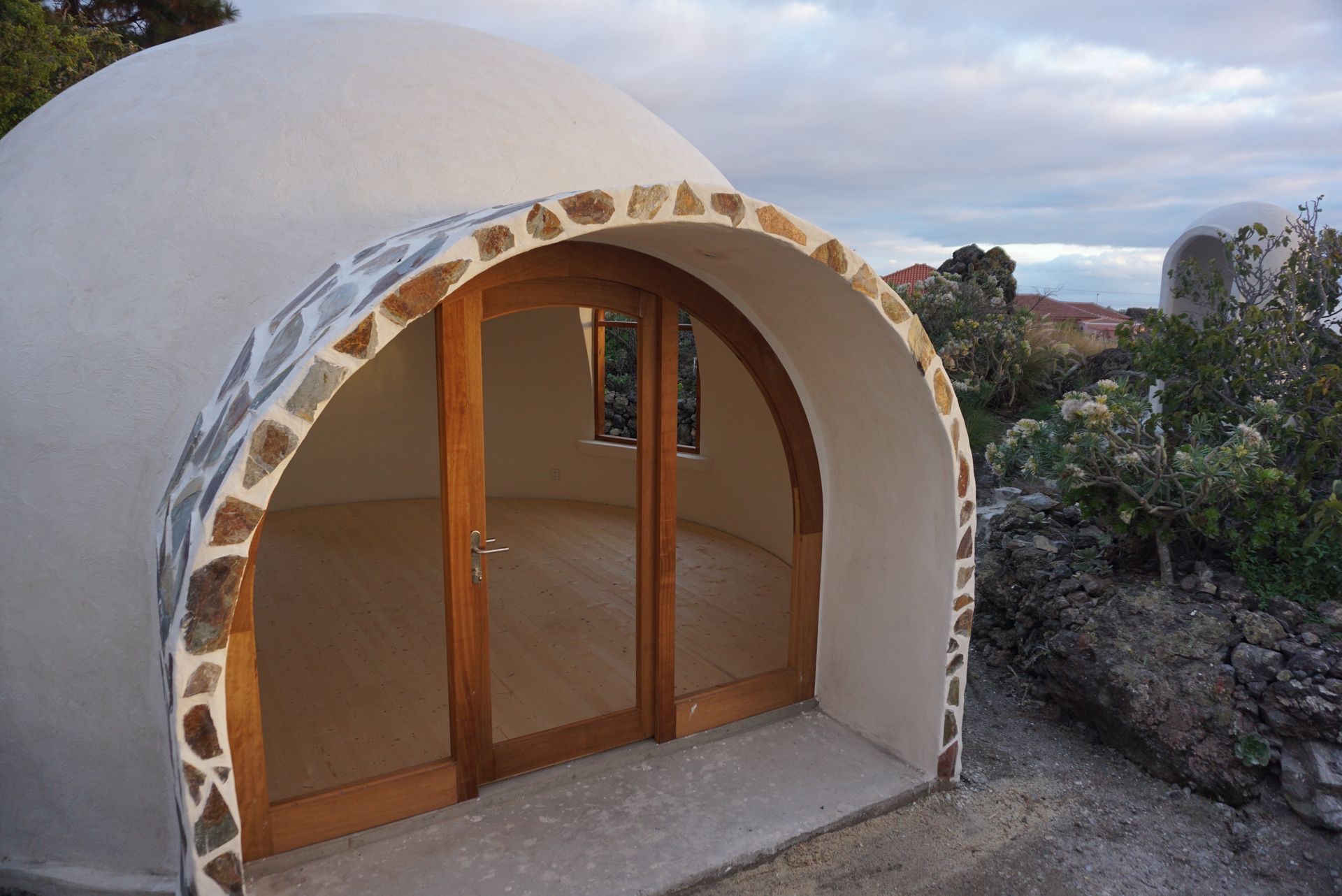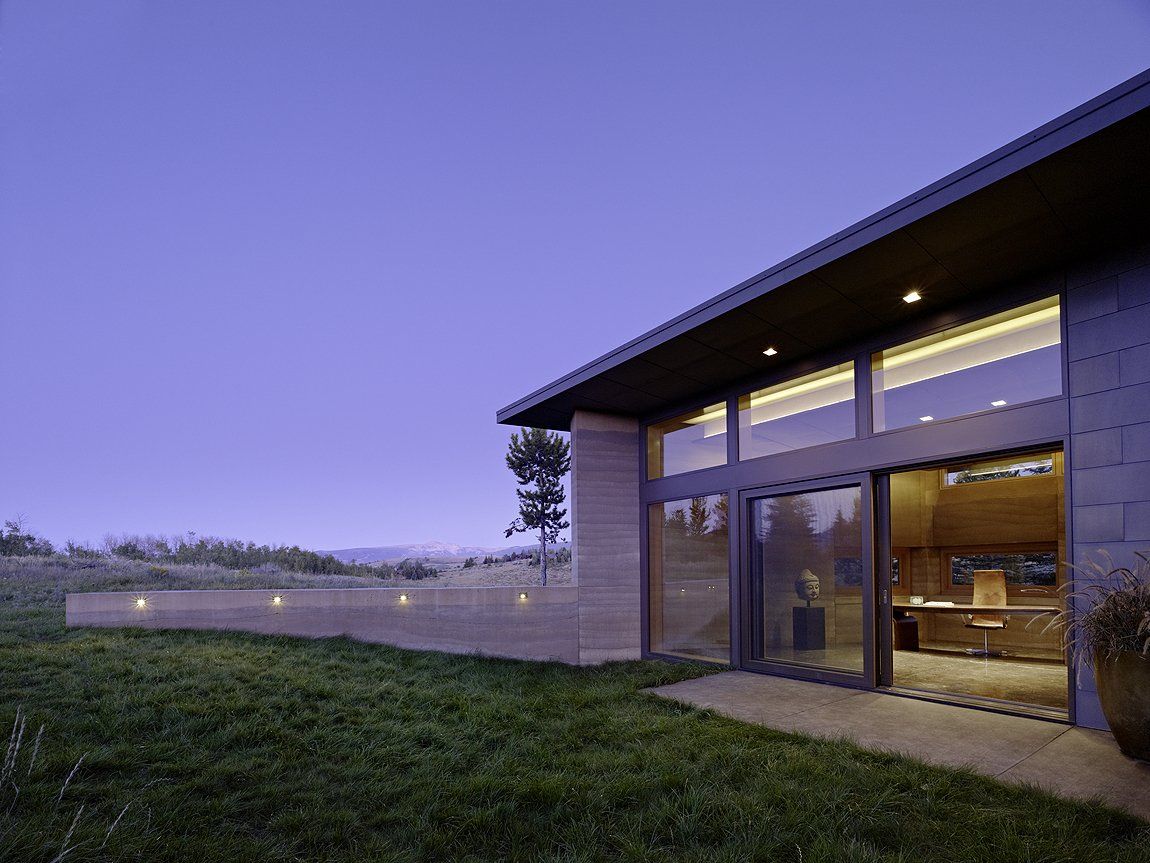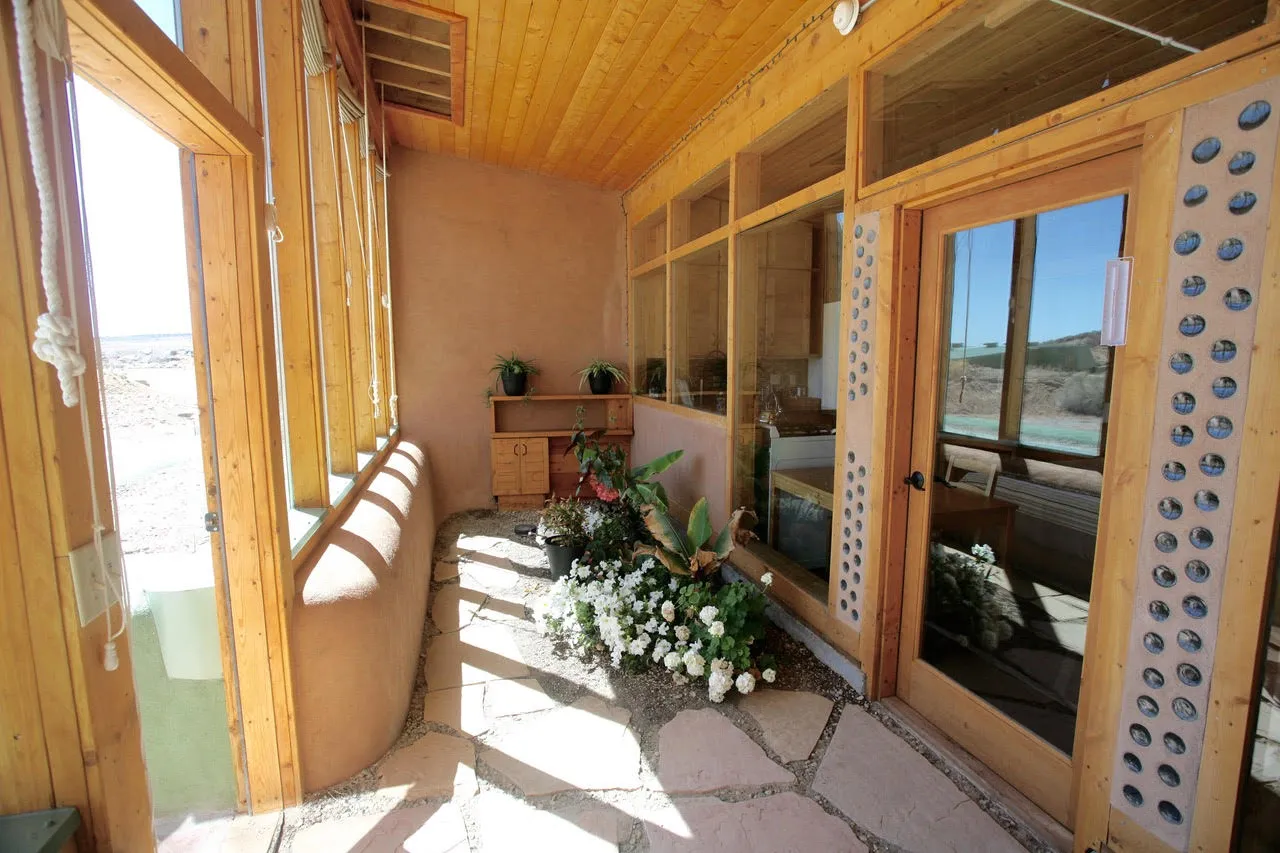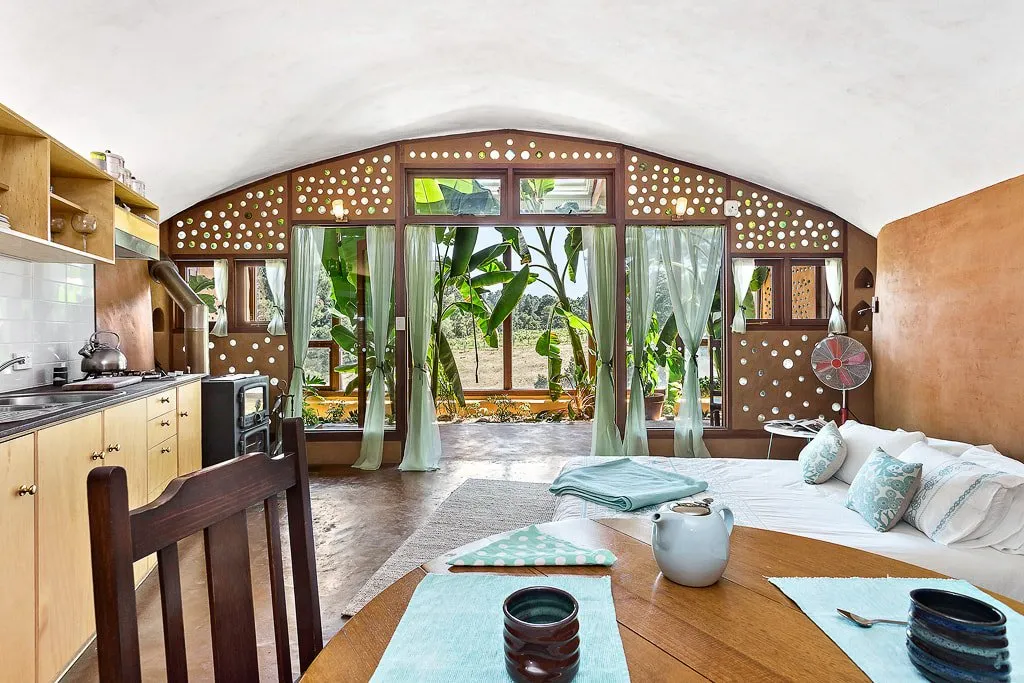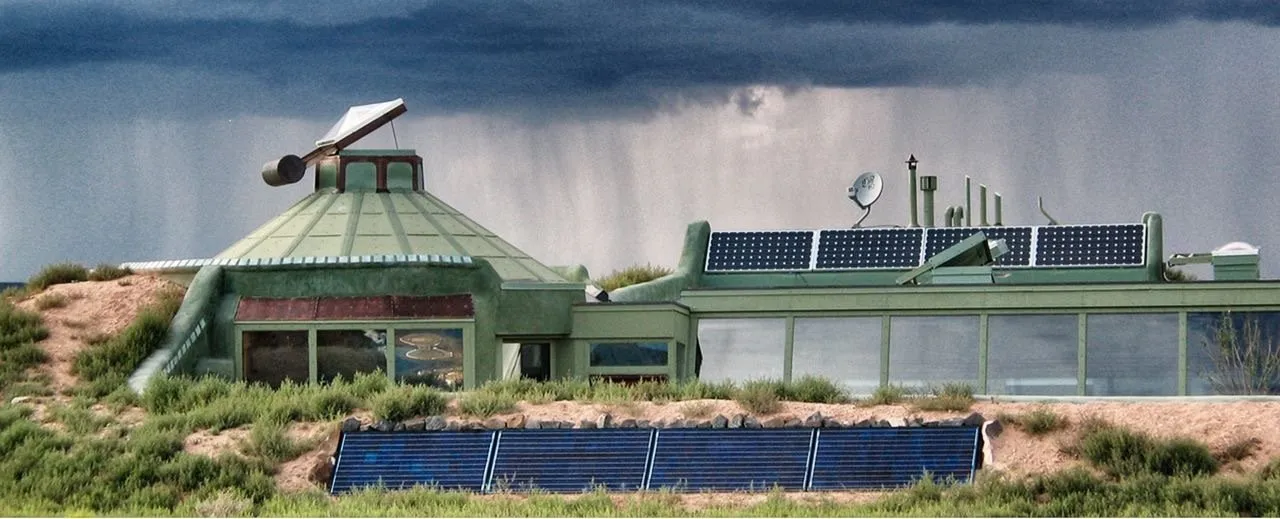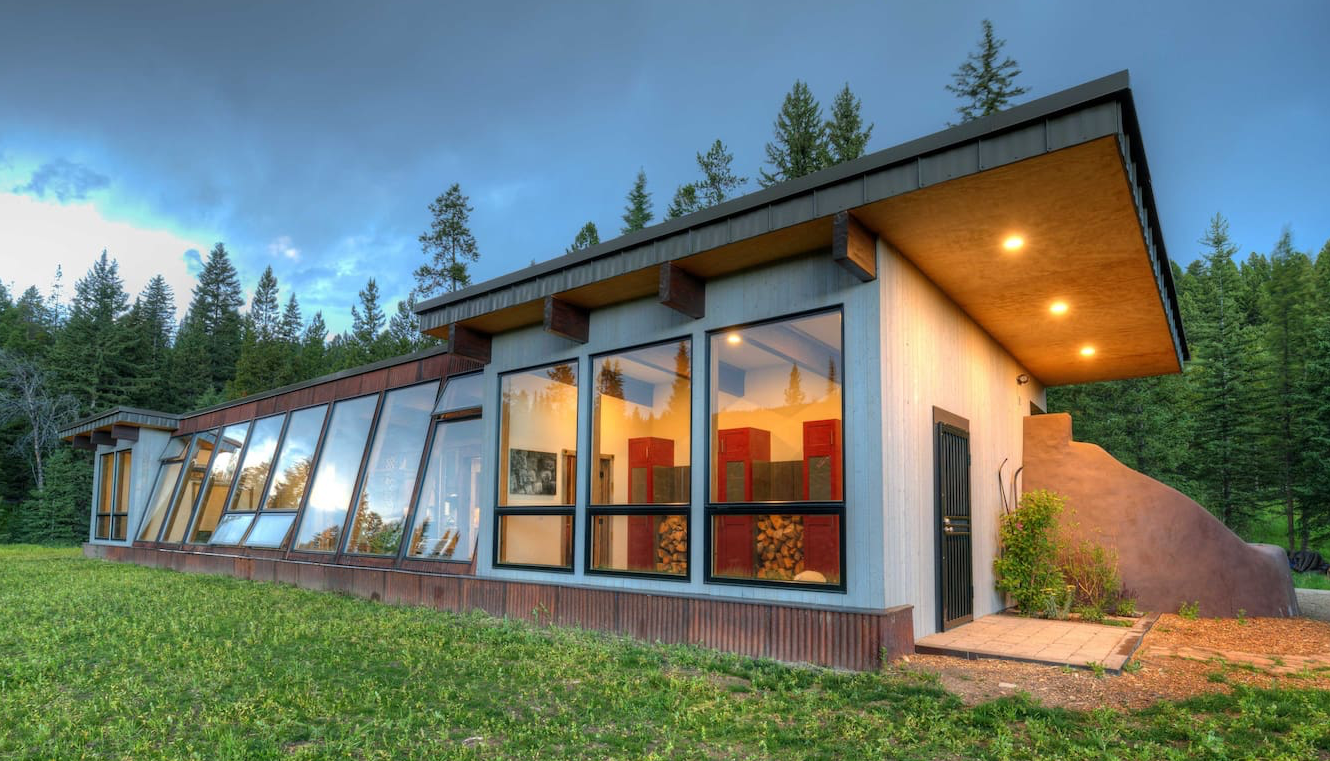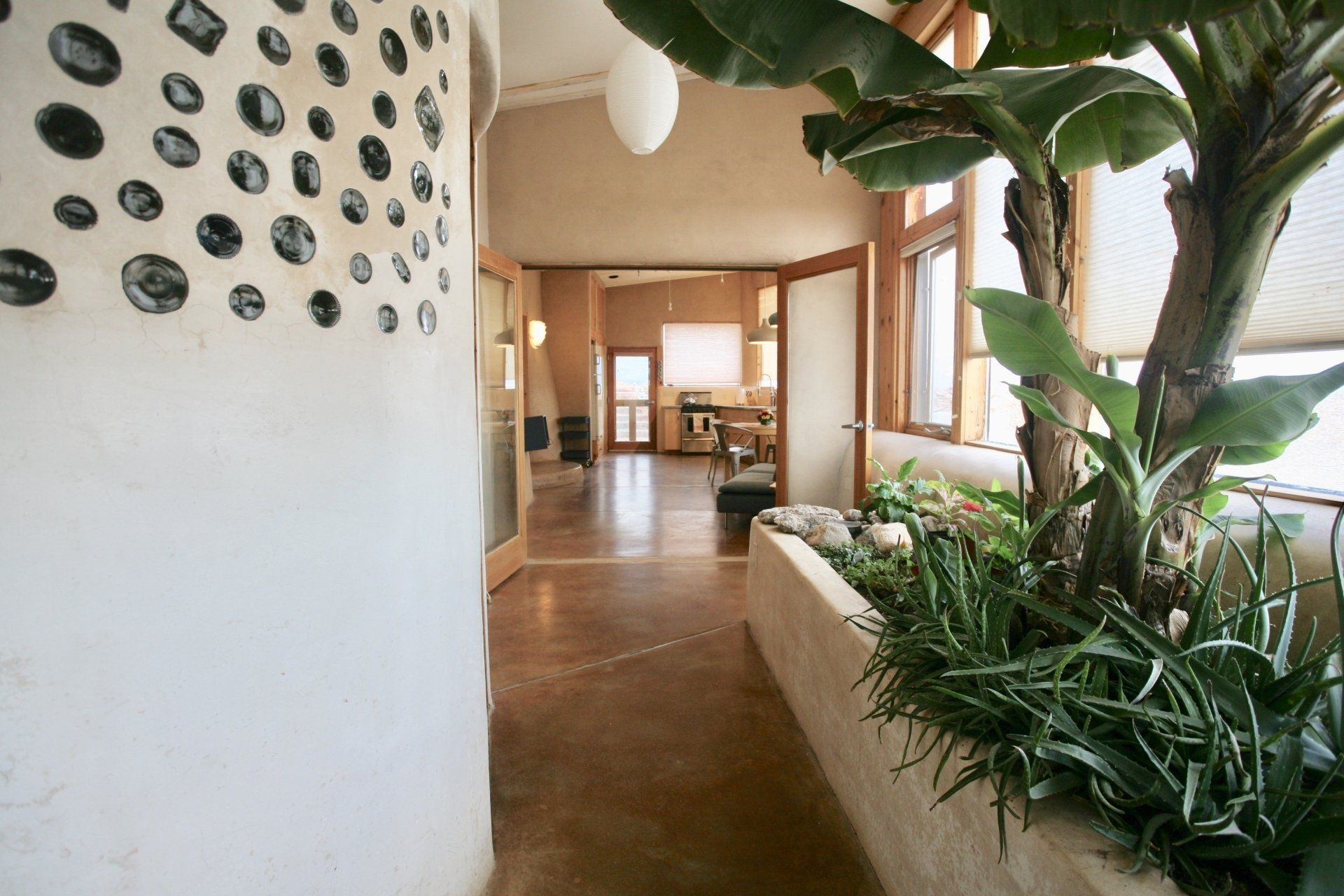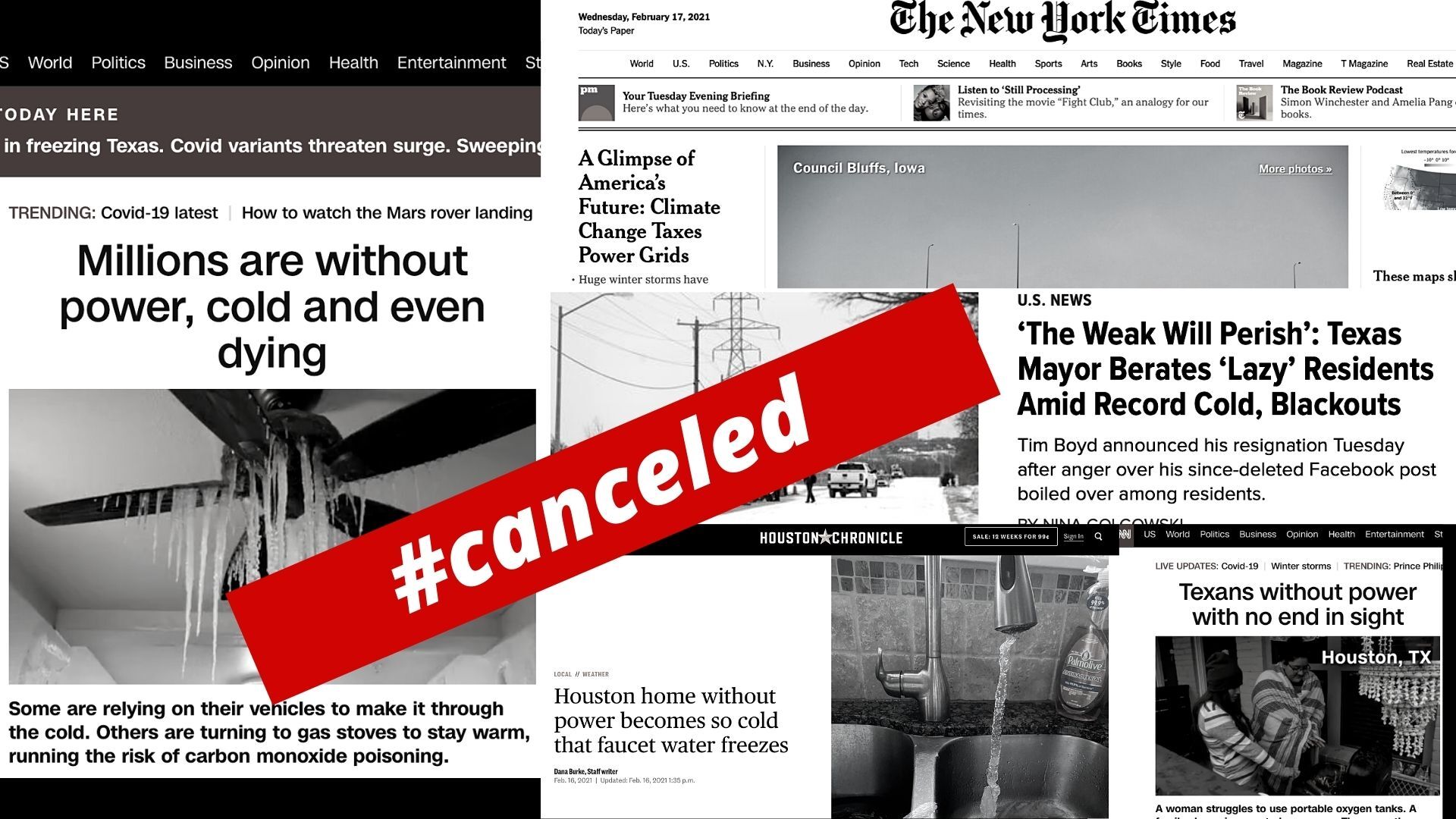By Elizabeth Wolfe
•
January 30, 2021
Almost two-thirds of waste water produced in a home is classified as greywater. Greywater is water left over after it has been used for bathing, dishwashing, and laundry, basically any used water in the house except the water from the toilet. This water, while not drinkable, has a much lower volume of pathogens than the black water coming out of the toilet. It is much easier to treat greywater than black water and make it available for landscaping or toilet flushing and it’s legal to do so in states that use the International Plumbing Code. While many states still classify greywater as sewage, some municipalities (especially in desert environments) are looking at the advantages of greywater re-use as it relieves some burden from already overworked sewage treatment plants and reduces the demand for precious fresh water. For the autonomous homeowner those advantages also apply as treating and re-using greywater can reduce the burden on alternative waste water system, potentially improving performance and reducing the frequency of required maintenance. Greywater is also packed with desirable nutrients for plants such as nitrogen and phosphorous which act as fertilizer. Greywater is an amazing source of irrigation for exterior plants. It can also be used to grow food both inside and outside the home. Source separation is the key concept that makes greywater available for use. Conventional plumbing ties all the waste water lines together, mixing the not so dirty greywater, with the very dirty black water and sending it all to either a municipal waste water treatment plant or to an on-site septic system. A house that has alternative waste water treatment systems would be plumbed to separate the water coming out of your bathroom sink, tub/shower, and washing machine drains, and plumbing them to a greywater treatment system. Greywater from the kitchen sink has a high volume of organic matter and either needs to be pre-filtered or sent directly to your black water treatment system.
